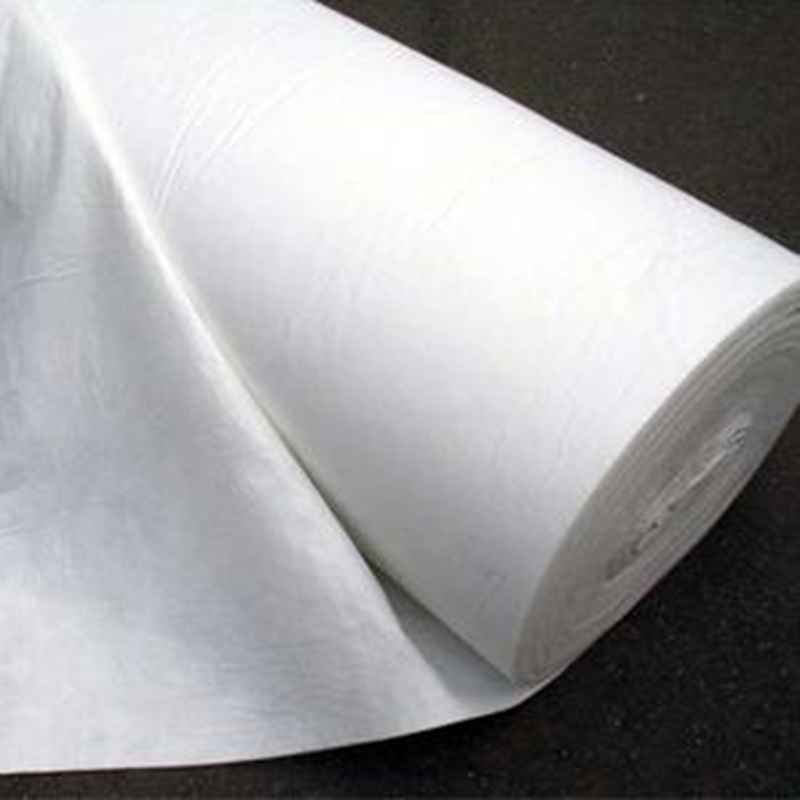Filter cloth, also known as geotextile or needle punched nonwoven fabric, has become an essential material in various industries due to its filtration and separation properties. From civil engineering projects to environmental protection applications, choosing the right filter cloth is critical to ensuring the effectiveness and longevity of your project. In this article, we’ll discuss how to choose the right filter cloth for your specific needs.

The first step in choosing the right filter cloth is to evaluate the specific requirements of your project. Consider the type of soil or material requiring filtration, the flow rate of the liquid or gas, and the potential for chemical exposure. These factors will help determine the required strength, permeability and durability of the filter fabric.
Next, consider the physical properties of the filter cloth. The most common types of filter fabrics are woven and non-woven, with needle-punched non-woven being a popular choice due to its superior filtration capabilities. Nonwoven filter fabrics are known for their high permeability and retention properties, making them suitable for a wide range of applications.
The weight and thickness of the filter cloth are also important factors to consider. Heavier fabrics are generally more durable and have higher retention capabilities, making them suitable for heavy-duty filtration tasks. On the other hand, lighter weight fabrics may be better suited for applications that require high permeability and ease of installation.
In addition, the environmental factors to which the filter cloth is exposed must also be considered. UV resistance, chemical resistance, and temperature resistance are all important considerations when choosing the right filter cloth for outdoor or harsh environments.
Finally, consider the long-term performance and maintenance requirements of the filter cloth. Choosing high-quality fabrics that are long-lasting and easy to maintain can reduce the need for frequent replacements and save overall project costs.
In summary, choosing the right filter cloth is critical to the success of any project requiring filtration and separation. By carefully considering the specific requirements, physical properties, environmental factors and long-term performance of the filter cloth, you can ensure you select the material that best suits your needs.
Post time: Jan-05-2024
